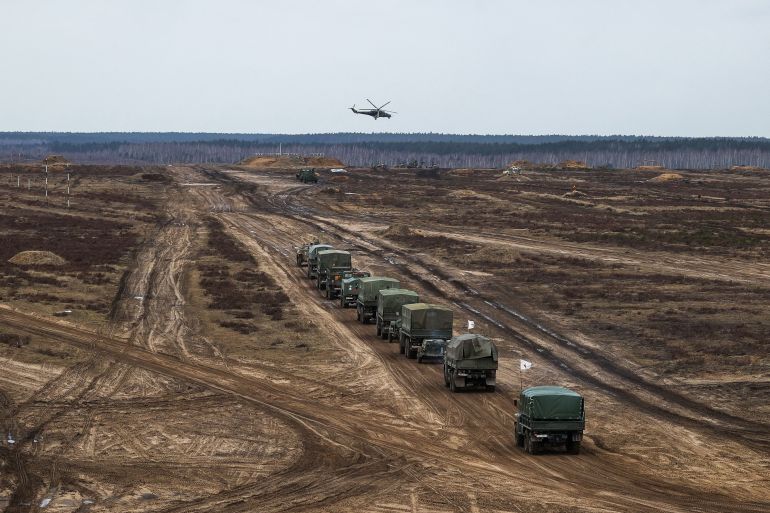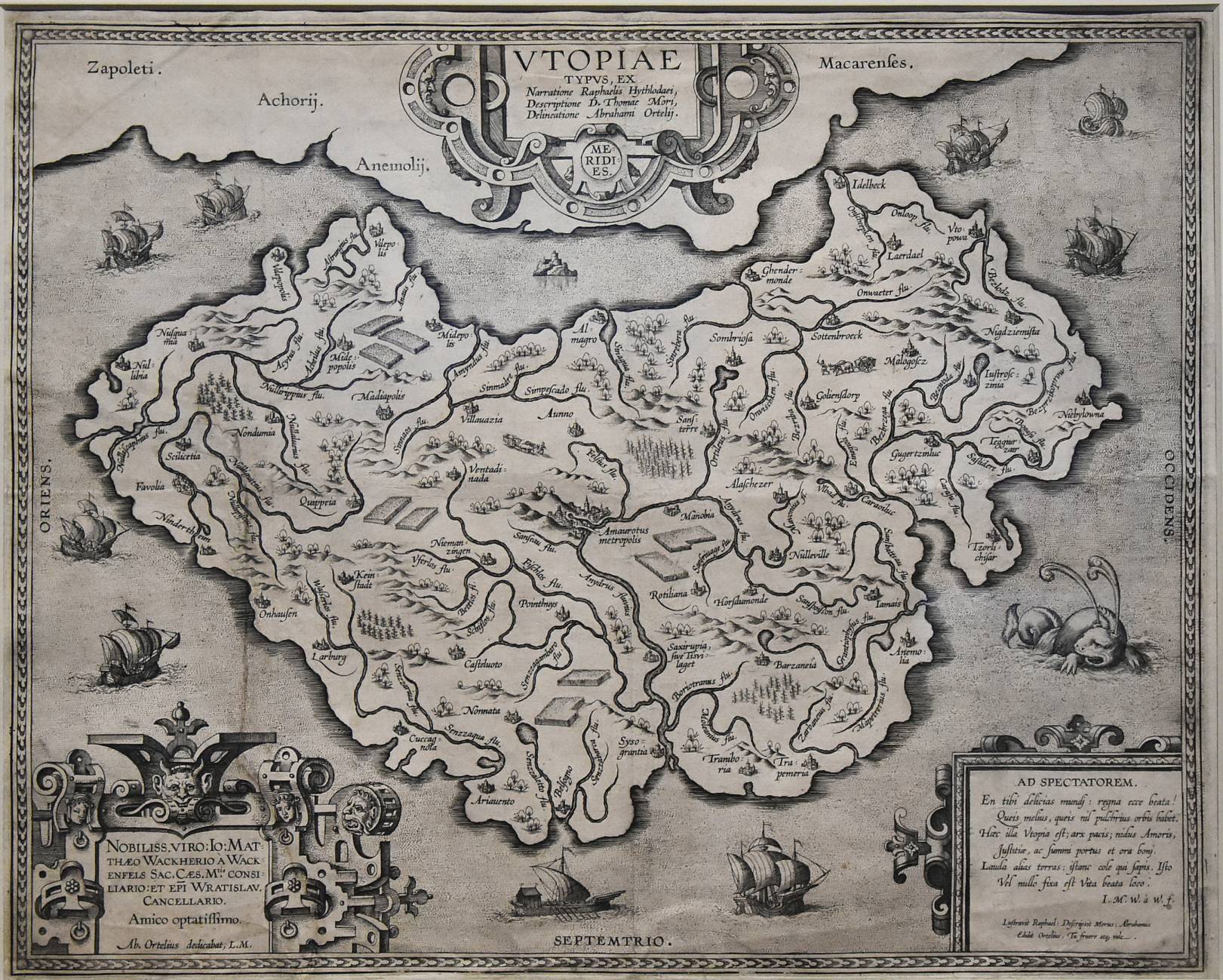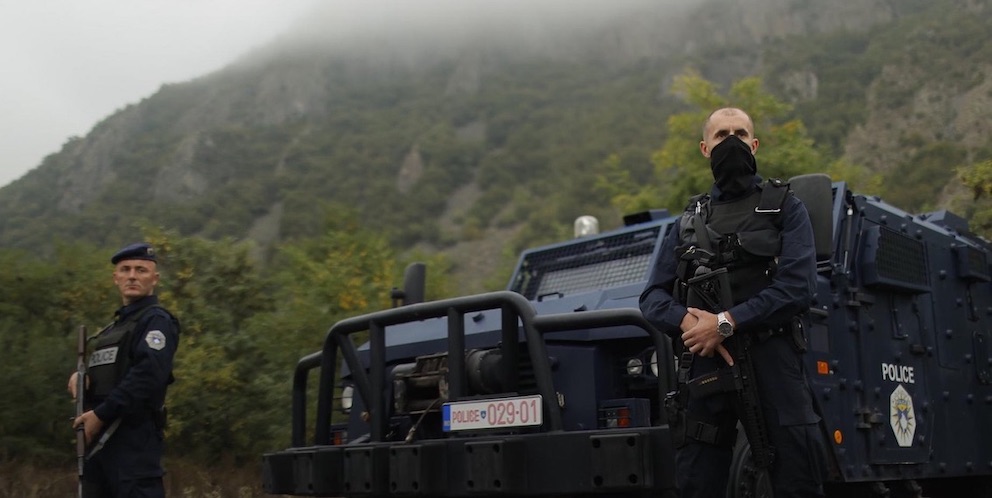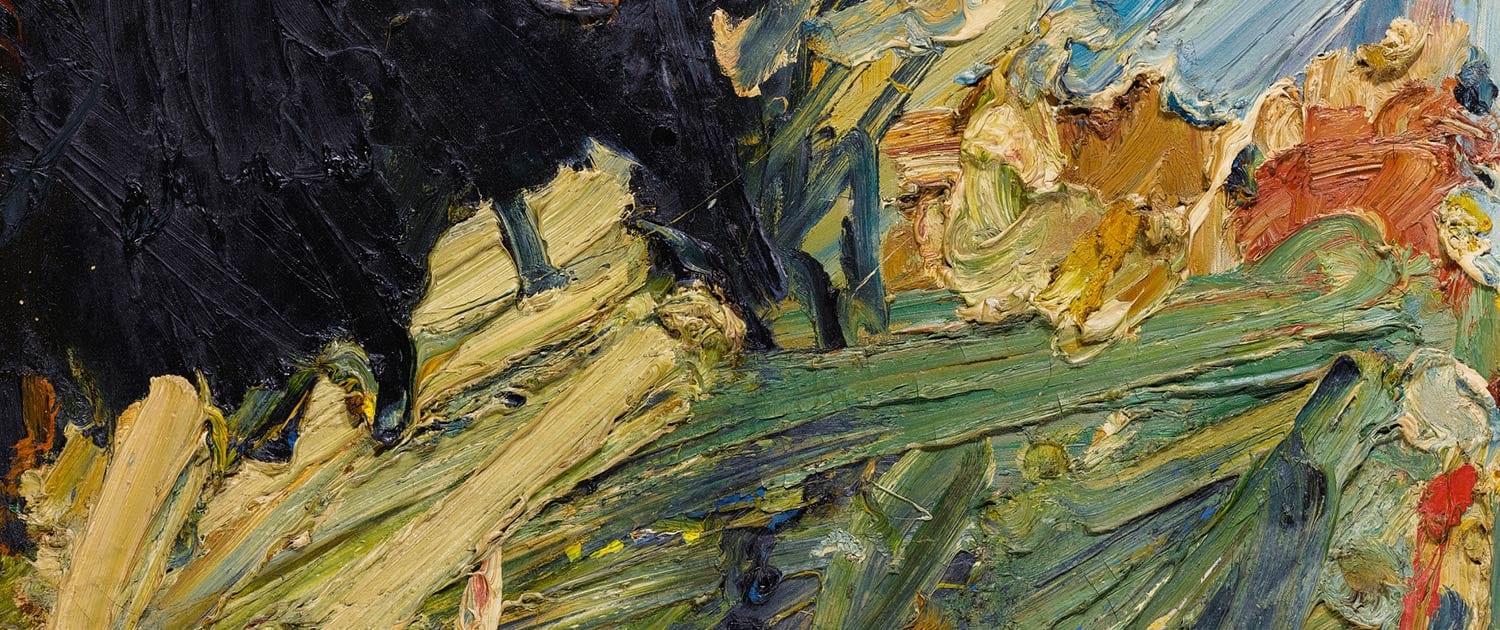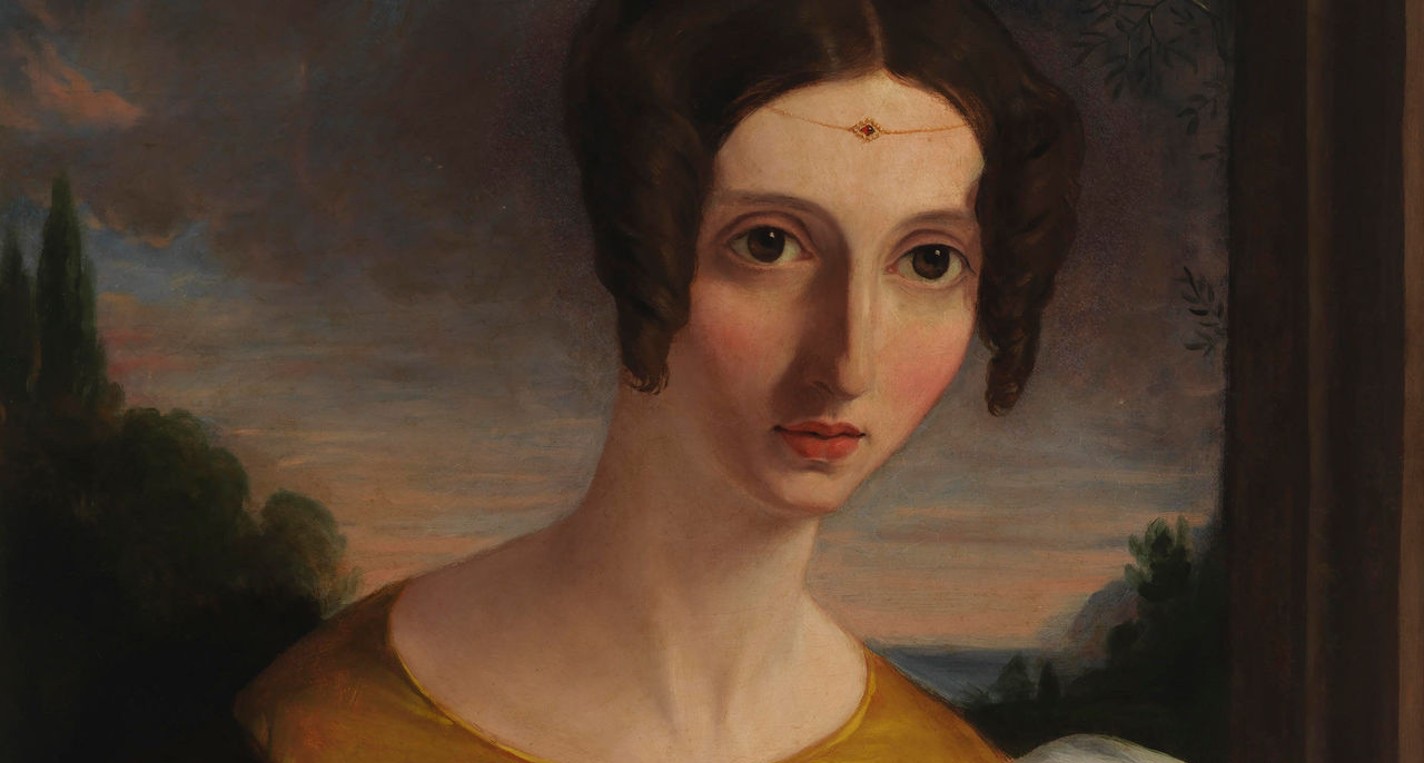Six months into the conflict, a Russian army incapable of taking Kyiv is presented as a threat to the entire continent. Ukraine has become, according to President Zelensky, ‘a springboard for an attack on other nations of Europe’. For the US Defense Secretary Lloyd Austin, Russia represents nothing less than ‘a challenge to free people everywhere’. Given in the American airbase of Ramstein, Germany, his speech sounded like a script for a historical reenactment of the Cold War.
The war in Ukraine is widely regarded a war against Russian expansionism and thus a war for Europe. The Cold War fantasy of seeing Cossacks watering their horses in the fountains of Saint Peter of Rome has gained a second life. The Cossacks are now motorized, and nothing short of a coalition of the so-called free world will prevent Kilo-class submarines from mooring in Gdansk or columns of T-14s from racing down the Autobahn. If we don’t want to stock up on flour and sugar, we need to enlarge NATO by bringing in Sweden and Finland. And while we are at it, why not fight and defeat Russia on the battlefield, with NATO on the front lines?
Realism is in short supply these days and we are teetering on the edge of a global war. It wouldn’t hurt to remind ourselves more often that since 1945 nuclear arsenals have set absolute limits to worldwide conflicts and to the possibility of substantially modifying the global order. Between nuclear powers, there is a tacit agreement that this order cannot be radically altered. We should not try to find out where the breaking point is.
Despite recurrent announcements that we live in a ‘new reality’, neither the end of the Cold War nor globalization have fundamentally altered this situation. A world interconnected by global markets and productive and communication systems is less flexible than we imagine. With its abundant reserves of raw materials and highly developed sectors in military and space technologies, it is already clear that Russia will continue to be part of the global system despite Western sanctions. At most, these limits have become less visible and more fragile. Nothing would be more dangerous than to mistake a proxy war between nuclear powers for an asymmetric conflict against a ‘terrorist state’ fought in the name of lofty ideals such as ‘democracy’ or ‘human rights’.
If realism struggles to be heard, it is also because in wartime everything is grist for the propaganda mill. Democracy, antifascist resistance, and the fight against imperialism are noble goals but they are also easily pliable (not so long ago, they motivated the special military operation to ‘denazify’ Iraq). Since they are now the main narrative for the Ukrainian resistance to the Russian invasion, realism has become de facto assimilated to Kremlin propaganda or worse. Whether it’s John Mearsheimer or Jürgen Habermas, woe betide those who dare to balance idealism against the realities of international politics!
And yet, we need a sober assessment of the objectives pursued by the coalition of countries supporting Ukraine. Is it to kick the Russians out of the country and to take back its eastern provinces? Despite the stunning performance of the Ukrainian military and even without considering Crimea, it is unlikely this can be achieved. Is it to put an end to the atrocious war crimes that Russian troops seem to commit on a daily basis? Only a perverse logic can seek justice in the continuation of a war that enables such crimes in the first place. Or is to deal Russia a decisive defeat on the battlefield, which would leave the country ‘weakened’ if not ‘humiliated’? This goes beyond Kyiv’s most intransigent demands and runs the risk of escalating the conflict and increasing the chances that non-conventional weapons are used. In any case, any talk of ‘victory’ is meaningless.
In this dangerous situation, what should Europe do? There is no doubt that the war in Ukraine represents a turning-point in which the future of Europe is at stake – but not for the reasons usually invoked. There is a distinct possibility that the war might generate a fracture between eastern and western Europe and spell the end of Europe as a political project. It is in the interest of the Europeans – and of the Ukrainians, who will eventually join the Union – to make sure that this project does not become a collateral victim of the conflict. To prevent this, a return to realism is necessary.
First, Europe must recognize that, increasingly, its interests do not coincide with those of Washington. It bears repeating that European unity was achieved outside the strategies that furthered US national interests: for the US, NATO has always been a greater priority than European unity. Yet, no matter how painstaking and tentative it may be, this unity has recently reached important milestones (with the mutualization of debt to face the pandemic, for instance). It should not be sacrificed to the goal of weakening Russia.
The United States can afford to bet on a protracted conflict and to raise the stakes because the consequences of these decisions are born mostly by Europe: the resettlement of millions of refugees, the cost of sanctions that are devastating for European economies, and the need to scramble for new sources of energy. The increase of European defense budgets will further impact welfare systems already weakened by decades of neoliberal policies and the 2008 crisis, which are nevertheless central to the regulation of the social equilibria upon which the political stability of the Union is premised. Finally, should the conflict escalate, Europe would become its primary theatre.
The war in Ukraine offers Washington an opportunity to shore up its declining hegemony by shifting onto European countries some of its costs while also drafting them in its global confrontation with China. In this respect, the continuity between the Trump and Biden administrations is striking. This would have a major impact on Europe’s constitutional order that will diminish the capacity of its historical members to define the political orientation of the Union, in favour of more docile governments.
The political weakening of Europe has become an explicit goal of NATO enlargement, especially among neoconservatives reinvigorated by the prospects of a war with Russia sold as a fight for democracy. To counteract the risk of an alliance made unwieldy by its swelling membership and a tumescent mission that now includes the containment of China, some suggest using NATO enlargement to adjust the balance of power within the Union. Their goal is to promote a coalition that would include ‘the Eastern European and Baltic states, with Poland in the lead…the Scandinavian states, in particular Finland and Norway’ but also ‘the English-speaking external powers, including the United Kingdom and Canada’. The same strategy is behind the recent British proposition of creating a ‘European Commonwealth’, which would amount to establishing a shadow Union more aligned with transatlantic agendas. This approach finds support in the new NATO strategic concept, which promotes the ‘fullest involvement’ of non-EU members in European defense efforts.
Against this backdrop, Sweden and Finland’s bid to join NATO stands out for its political implications rather than its strategic significance. As Adam Tooze has pointed out, their decision to apply was made possible by the weakness of the Russian military, not by the threat it represented. It’s too early to say how the emergence of a Nordic and rather hawkish NATO constituency will shape the conflict but it makes visible new fault lines in Europe.
Can we save Ukraine, and yet save Europe as well? As the physicist Carlo Rovelli recently wrote, ‘the problem of wars is not to win them: it is to put an end to them’. Europe is not a club of winners. It was built upon the rejection of war, the limitation of state sovereignty, and the adoption of federalism as a founding principle. Its main goal was always to organize peace on the continent and it must remain the same today if Europe is to survive.
The support of European governments to Ukraine cannot be the vehicle for strategies that prevent Europe’s further political integration. This does not mean abandoning Kyiv to its own devices or refusing to send military assistance. It means that this assistance must be accompanied by explicit diplomatic conditionalities, and that it must be carefully calibrated so as not to prevent future negotiations or future relations with Russia. Sooner or later, there will be a negotiated solution which will probably approximate the contours of the Minsk agreements.
Europe must also keep a safe distance from a US grand strategy that has not yet found the political formula for accommodating the global decline of American power and its loss of prestige. Going back to the Cold War will not restore American supremacy but it will hurt Europe. It will not restore prestige either: leading a global fight for ‘democracy’ is less convincing when the leading country is one whose Senate is holding hearings about a coup attempt, where women’s rights are trampled by the jurisdictions supposed to protect them, and where the possibility of civil war is a recurrent conversation topic. Unsurprisingly, most of the world does not go along.
It would be a mistake for Europe to throw its lot in with this strategy. Rather, it should bet on the rising cadre of ‘restrainers’ in Washington who advocate a different and less bellicose foreign policy, far from the unctuous homilies about the liberal international order and its military underpinnings. Caught between the crisis of American hegemony and the sly maneuvering of the Kremlin, which seeks to bolster the most anti-European and reactionary political forces, Europe must become a political subject and develop strategic autonomy at the global level. The war in Ukraine has made this an urgent task that can no longer be postponed.
Read on: Tony Wood, ‘Matrix of War’, NLR 133/4.
